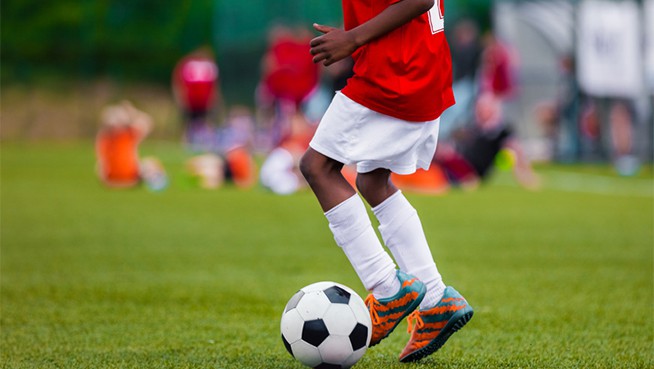Ask These 3 Questions Before Adding Drills to Your Basketball Practice
The purpose of basketball practice is to help players develop. Gone are the days of teams running endless sprints just to keep busy and moving. Players always need to be getting better, and thousands of drills can aid in the process.
However, sometimes getting younger players to buy into drills can be challenging. The more they see the benefit, the more they’ll commit to giving their full effort. That’s why we use the Anatomy of a Drill technique, which involves answering three questions about a drill before teaching it to an athlete:
- Why is the skill or drill important?
- How is the drill performed?
- How does it translate to a basketball situation?
We address these questions before introducing the drill. From that point, we demonstrate it. If the athlete makes a mistake, it’s not appropriate to punish him or her with something like a lap—that is, unless the player is blatantly not listening or giving full effort. Mistakes happen as part of the learning process.
This is just a template, and you can adapt it to your team’s culture. But always remember: Demonstrate, Educate and Motivate.
RELATED: Team Shooting Drills for Your Next Basketball Practice
[cf]skyword_tracking_tag[/cf]RECOMMENDED FOR YOU
Ask These 3 Questions Before Adding Drills to Your Basketball Practice
The purpose of basketball practice is to help players develop. Gone are the days of teams running endless sprints just to keep busy and moving. Players always need to be getting better, and thousands of drills can aid in the process.
However, sometimes getting younger players to buy into drills can be challenging. The more they see the benefit, the more they’ll commit to giving their full effort. That’s why we use the Anatomy of a Drill technique, which involves answering three questions about a drill before teaching it to an athlete:
- Why is the skill or drill important?
- How is the drill performed?
- How does it translate to a basketball situation?
We address these questions before introducing the drill. From that point, we demonstrate it. If the athlete makes a mistake, it’s not appropriate to punish him or her with something like a lap—that is, unless the player is blatantly not listening or giving full effort. Mistakes happen as part of the learning process.
This is just a template, and you can adapt it to your team’s culture. But always remember: Demonstrate, Educate and Motivate.
RELATED: Team Shooting Drills for Your Next Basketball Practice
[cf]skyword_tracking_tag[/cf]









